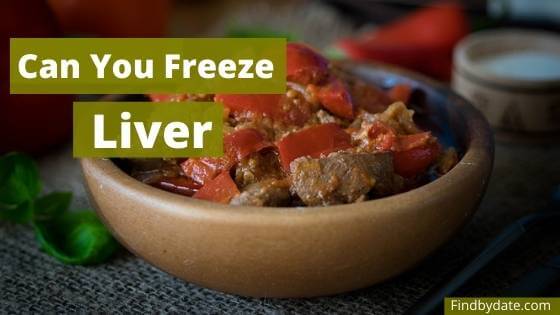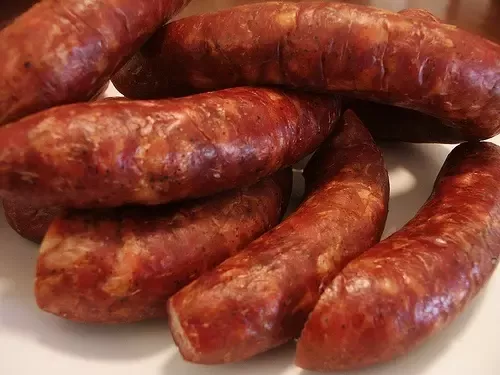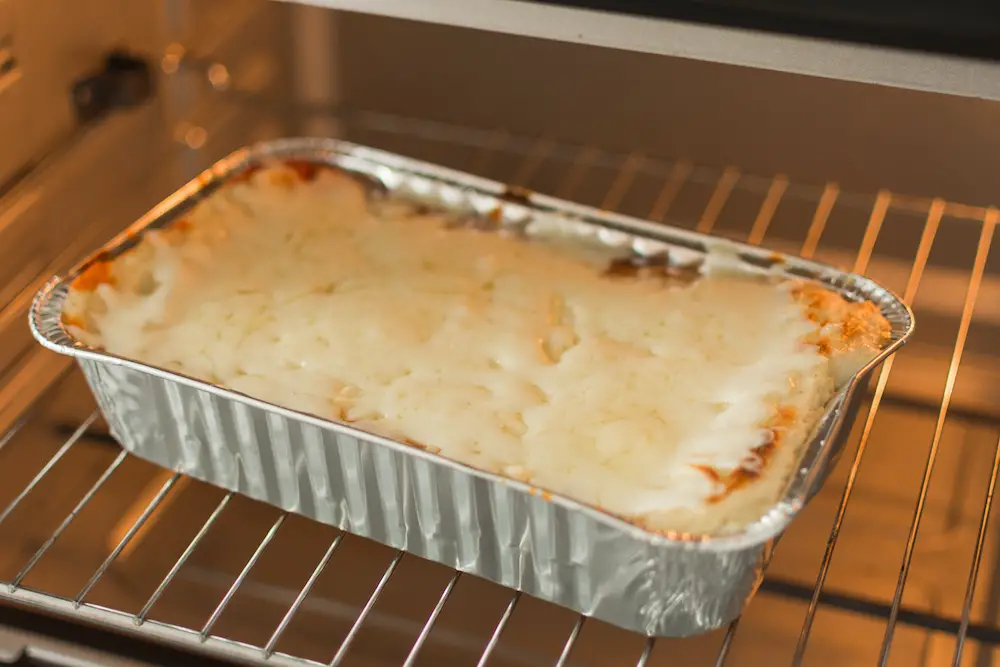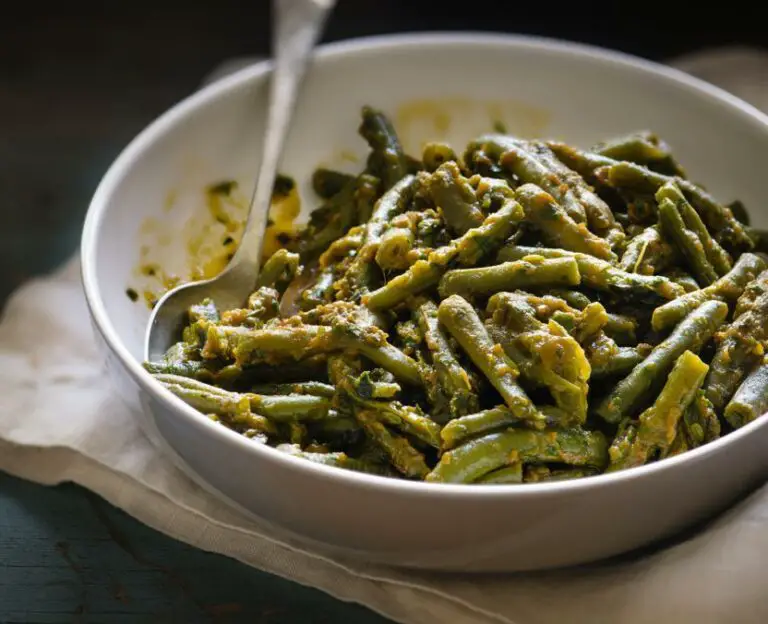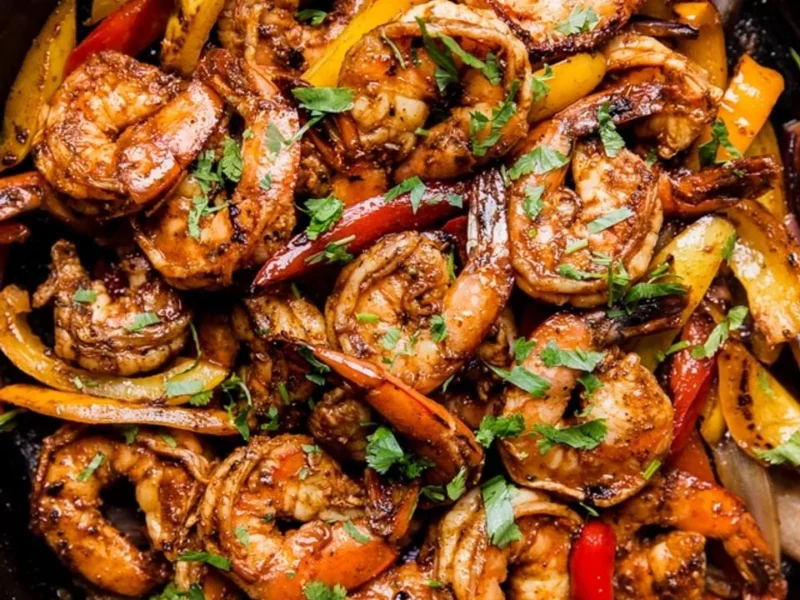If you’re looking to create a flavorful and succulent gammon roast, then you’re in the right place. In this article, we’ll guide you through the process of cooking a delicious Delia gammon roast in the oven. Follow these simple steps to impress your family and friends with a mouthwatering centerpiece for your next meal.
Key Takeaways:
- Soak the ham if necessary before cooking for the best results.
- Bake the ham at 325°F (160°C) for 20 minutes per pound.
- Remove the ham from the oven after 4 hours, remove the skin, and score the fat.
- Spread mustard and sprinkle demerara sugar on the surface for a golden crust.
- Rest the ham for 45 minutes before serving to allow the flavors to settle.
The Importance of Cooking Gammon on the Bone
Cooking gammon on the bone is essential to unlock the full potential of this delicious holiday centerpiece. There are several benefits to cooking gammon on the bone:
- Enhanced flavor: When the ham is cooked on the bone, it retains more moisture, resulting in a juicier and more flavorful roast.
- Improved texture: The bone helps distribute heat more evenly during cooking, resulting in a tender and succulent gammon roast.
- Authenticity: Cooking gammon on the bone preserves the traditional appeal of serving a festive ham that is visually appealing and reminiscent of holiday meals.
During the Christmas season, indulging in a bone-in ham is a cherished tradition for many households. Different curing methods, such as the Suffolk cure or Marsh York cure, contribute to the overall depth of flavor in the ham. Soaking the gammon in water before cooking can help remove any excess saltiness, ensuring a well-balanced and enjoyable dining experience.
To achieve the perfect gammon roast, follow these simple steps:
- Preheat the oven to the appropriate temperature.
- Prepare a foil-covered roasting tin large enough to accommodate the gammon.
- Place the gammon on the bone in the roasting tin.
- Cover the tin tightly with foil, ensuring it is sealed.
- Bake the gammon for the recommended cooking time per pound, allowing the bone to contribute to the flavor and texture.
By cooking gammon on the bone, you’ll elevate your Christmas feast to new heights and create a memorable dining experience for your loved ones.
| Benefits of Cooking Gammon on the Bone |
|---|
| Enhanced flavor |
| Improved texture |
| Authenticity |
Choosing and Preparing a Gammon Joint
When it comes to preparing a gammon joint, there are a few key considerations to keep in mind. First and foremost, you’ll want to decide whether you prefer smoked or unsmoked gammon, as well as whether you want it on or off the bone. This will ultimately come down to personal preference, as both options have their own unique flavors and textures.
If you do choose a gammon joint that requires soaking to remove excess saltiness, it’s recommended to check with your supplier or butcher for specific instructions. Soaking the gammon can help to ensure that it’s not overly salty when cooked, resulting in a more balanced flavor.
Once you’ve selected and prepared your gammon joint, it’s time to start the cooking process. Boiling the gammon in water with flavorings such as herbs or spices is a great way to enhance its taste. You’ll want to boil it for about half of the total cooking time, removing any impurities that rise to the surface.
After boiling, remove the top layer of skin from the gammon joint and transfer it to a foil-lined roasting tin. This will help to keep it moist and retain its flavors during the cooking process. Preheat your oven to 180°C and cook the gammon for the remaining cooking time, following the specific instructions provided by your recipe or supplier.
Table: Cooking Times for Gammon Joints
| Gammon Weight | Cooking Time (Boiling) | Cooking Time (Roasting) |
|---|---|---|
| 1-1.5kg | 30-40 minutes per kg | Approximately 20 minutes per 500g |
| 1.5-2.5kg | 25-35 minutes per kg | Approximately 15-18 minutes per 500g |
| 2.5-3.5kg | 20-30 minutes per kg | Approximately 12-15 minutes per 500g |
| 3.5-4.5kg | 18-25 minutes per kg | Approximately 10-12 minutes per 500g |
Remember to always check that the gammon joint is cooked through by inserting a skewer into the thickest part and ensuring that the juices run clear. Once cooked, allow the gammon to rest for a few minutes before carving and serving. This will help to lock in the juices and ensure a tender and succulent result.
A Variety of Glaze Options for a Gammon Roast
One of the key elements that sets a Christmas gammon roast apart is the glaze. Choosing the right glaze can enhance the flavor of the gammon and add a deliciously sweet or tangy finish. Here are some glaze options that will take your gammon roast to the next level:
Honey and Mustard Glaze
This classic glaze combines the sweetness of honey with the tanginess of mustard. It creates a beautiful caramelized coating that perfectly complements the succulent gammon. Simply mix equal parts honey and mustard, brush it over the gammon, and let it bake until golden and sticky.
Spiced Christmas Glaze with Membrillo
If you’re looking for a unique and festive glaze, try this spiced Christmas glaze with membrillo. Membrillo is a quince paste that adds a wonderful fruity flavor to the gammon. Combine membrillo with spices like cinnamon, cloves, and nutmeg, and spread it over the gammon before baking. The result is a gammon roast with a rich, aromatic glaze that will wow your guests.
Cola and Maple Mustard Glaze
If you prefer a sweeter glaze, this cola and maple mustard glaze is a fantastic choice. The combination of cola and maple syrup creates a sticky and sweet glaze that pairs perfectly with the savory gammon. Add some whole grain mustard to give it a tangy kick. Brush the glaze over the gammon, allowing it to caramelize in the oven for a mouthwatering finish.
| Glaze Option | Ingredients | Instructions |
|---|---|---|
| Honey and Mustard Glaze | Equal parts honey and mustard | Mix honey and mustard, brush over gammon, bake until golden |
| Spiced Christmas Glaze with Membrillo | Membrillo, cinnamon, cloves, nutmeg | Combine membrillo and spices, spread over gammon, bake |
| Cola and Maple Mustard Glaze | Cola, maple syrup, whole grain mustard | Mix cola, maple syrup, and mustard, brush over gammon, bake until caramelized |
Leftover Ham Recipes
After your festive holiday feast, you may find yourself with some leftover ham that you’re not sure what to do with. But fear not, because we’ve got you covered with some delicious leftover ham recipes that will transform those leftovers into mouthwatering dishes. Whether you’re looking for comfort food classics or lighter options, there’s something here for everyone.
Classic Pub Grub: Ham and Cheese Toastie
One of the easiest and most satisfying ways to use up leftover ham is by making a classic ham and cheese toastie. Layer thick slices of ham and your favorite cheese between two slices of bread, then butter the outside of the sandwich. Cook it in a skillet until the bread is golden and the cheese is melted. Serve it with some pickles or a side salad for a quick and tasty lunch or dinner.
Hearty and Nourishing: Split Pea and Ham Soup
If you’re looking for a comforting and nourishing dish, try making split pea and ham soup. Start by simmering dried split peas with diced vegetables, such as onions, carrots, and celery, in a flavorful broth. Add in chunks of leftover ham and let it simmer until the peas are tender. This hearty soup is perfect for chilly winter days and can be enjoyed as a main course or a satisfying side dish.
Elegant and Flavorful: Ham and Asparagus Quiche
If you’re in the mood for something a little more elegant, why not make a ham and asparagus quiche? Line a pie crust with blanched asparagus spears and chunks of leftover ham. Whisk together eggs, milk, cheese, and your favorite herbs and spices, then pour the mixture over the asparagus and ham. Bake until the quiche is set and golden brown. This dish is perfect for brunch or a light dinner when served with a side salad.
| Leftover Ham Recipe | Description |
|---|---|
| Ham and Cheese Toastie | A classic and comforting sandwich made with ham and cheese, perfect for a quick and satisfying lunch or dinner. |
| Split Pea and Ham Soup | A hearty and nourishing soup made with dried split peas, vegetables, and chunks of leftover ham. |
| Ham and Asparagus Quiche | An elegant and flavorful quiche made with asparagus, ham, eggs, and cheese, perfect for brunch or a light dinner. |
These are just a few ideas to get you started, but don’t be afraid to get creative and experiment with your leftover ham. Whether you’re adding it to salads, pasta dishes, or even using it as a topping for homemade pizzas, there are endless possibilities to enjoy the rich and savory flavors of leftover ham.
Tips and Tricks for Cooking the Perfect Christmas Ham
Cooking the perfect Christmas ham takes some skill and attention to detail. Here are some tips and tricks to help you achieve a delicious and festive ham:
1. Start with high-quality pork: The quality of the pork you choose will greatly affect the flavor and texture of your ham. Look for a well-marbled and properly cured gammon for the best results.
2. Consider brining the ham: Brining the ham yourself can add extra flavor and moisture to the meat. If you have the time, soak the ham in a brine solution overnight before cooking. This will make the ham even more tender and flavorful.
3. Choose the right cooking method: There are different ways to cook a Christmas ham, such as baking in stock or using cola as a cooking liquid. Experiment with different methods to find the one that suits your taste preferences.
4. Don’t forget the glaze: The glaze is what gives the ham its beautiful caramelized crust and adds a burst of flavor. A combination of mustard and sweetness, like mustard and brown sugar, works well. Apply the glaze during the last 20 to 30 minutes of cooking time and continue cooking until the glaze is golden.
By following these tips and tricks, you’ll be on your way to cooking the perfect Christmas ham that will impress your family and friends. Enjoy!
FAQ
How long should I cook a Delia gammon roast in the oven?
You should bake the gammon roast at 325°F (160°C) for 20 minutes per pound.
Do I need to soak the ham before cooking?
Soaking the ham to remove excess saltiness is optional, but it can help improve the flavor. Check with your supplier or butcher for their recommendations.
Can I cook gammon on the bone?
Yes, cooking gammon on the bone is important to enhance the flavor. It is especially popular during Christmas.
What are the different curing methods for gammon?
Some popular curing methods for gammon include the Suffolk cure and Marsh York cure, which add depth of flavor to the ham.
How do I choose and prepare a gammon joint?
When choosing a gammon joint, consider whether you want smoked or unsmoked, and on or off the bone. To prepare the gammon joint, you can soak it to remove saltiness, boil it with flavorings, and then bake it in a foil-lined roasting tin.
What are some options for glazing a gammon roast?
You can choose from various glaze options, such as honey and mustard, spiced Christmas glaze with membrillo, and cola and maple mustard glaze. Maple syrup and coarse-grain mustard make a great glaze for gammon steaks.
How should I cook the gammon before adding the glaze?
Before applying the glaze, you can either poach or bake the gammon. Different cooking methods, such as baking in stock or using cola, can infuse the ham with flavor.
What can I make with leftover ham?
Leftover ham can be used in a variety of dishes, such as traditional pub grub, salads, soups, and pies. Some popular options include gammon and mash, pea and ham soup, and using ham in winter pies and soufflé omelettes.
What are some tips for cooking the perfect Christmas ham?
Start with high-quality pork, consider brining the ham yourself or using ready-cured gammon, and make sure to poach or bake the gammon before applying the glaze. Experiment with different glaze options, such as mustard and brown sugar, to create a delicious and festive ham.
